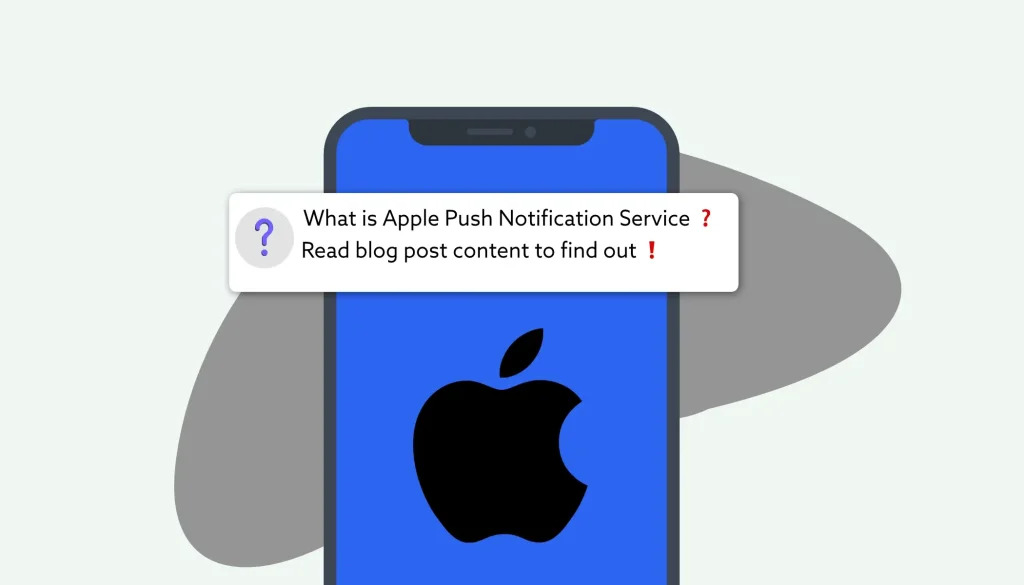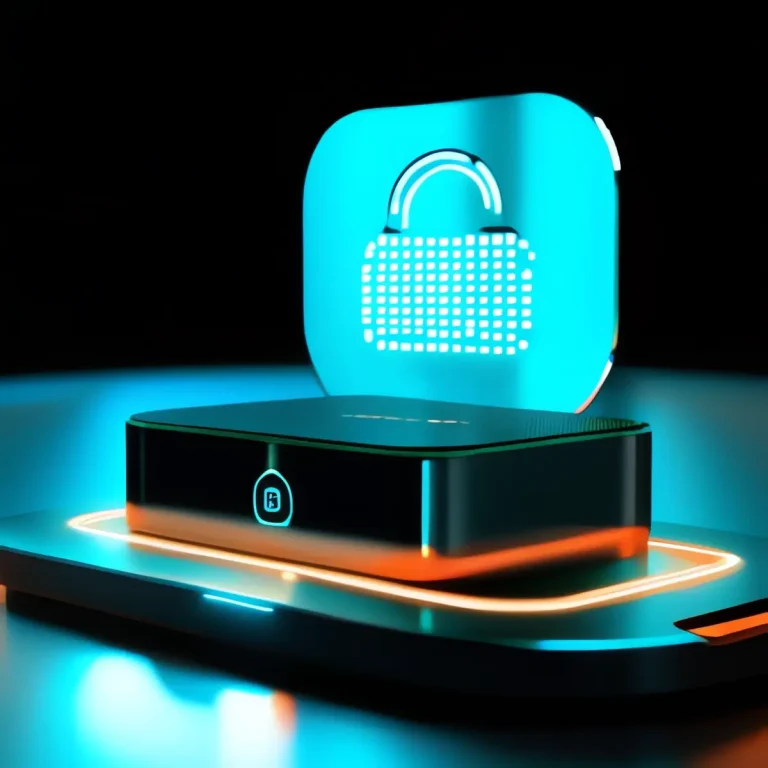Demystifying the Apple Push Notification Service (APNs)

The Apple Push Notification Service (APNs) is a robust and secure messaging framework provided by Apple that allows developers to establish seamless communication between their backend servers and iOS devices. Since its introduction, APNs has become an essential part of the iOS ecosystem, providing a reliable channel for sending real-time updates, alerts, and messages directly to users.
Push notifications serve as a vital bridge between app developers and their audience, enabling a persistent connection that fosters user engagement, retention, and timely communication—even when the app isn’t actively open. Whether it’s informing users of a breaking news update, a new chat message, or a transaction confirmation, APNs makes it possible to deliver these notifications instantly and securely.
At its core, APNs works on a client-server model. The developer’s server, known as the provider, sends notifications to the APNs server, which then routes them to the intended devices. This system is designed for asynchronous and efficient communication, optimized for both performance and security. Importantly, the APNs infrastructure abstracts the complexity of handling device-specific delivery concerns, allowing developers to focus on crafting meaningful notification content.
Key Features of the Apple Push Notification Service (APNs)
Secure Communication
One of APNs’ most vital characteristics is its commitment to end-to-end security. The service employs industry-standard encryption methods, including TLS (Transport Layer Security) for communication between the app’s backend and APNs, ensuring that data in transit cannot be intercepted or tampered with. Additionally, developers must use authentication tokens or certificates, which act as secure credentials, to validate their identity before sending notifications. This dual mechanism—encryption and authentication—ensures only authorized parties can deliver messages to Apple devices.
Persistent Connection
APNs maintains a persistent and lightweight IP-based connection with every device, managed efficiently by the system. Unlike polling or SMS-based systems that can drain battery or waste bandwidth, APNs ensures that notifications are pushed only when needed. This persistent channel is power-efficient and built to work reliably across varying network conditions, even over cellular connections.
Targeted Messaging
APNs offers granular control for targeting notifications. Developers can segment audiences based on a wide range of criteria—such as user preferences, geographic location, in-app behavior, device type, or language settings. This allows for hyper-personalized communication, improving the effectiveness of campaigns and minimizing user annoyance from irrelevant messages.
Delivery Prioritization
Not all notifications are created equal. APNs allows developers to assign priority levels to messages. High-priority (immediate) messages—such as security alerts, urgent reminders, or breaking news—are delivered ahead of others to ensure they reach the user in a timely fashion. Low-priority messages, like background content updates, can be deferred slightly to optimize for battery life and reduce disruption. This built-in prioritization helps apps deliver what matters most, when it matters most.
Silent Notifications
Silent notifications are a subtle but powerful feature of APNs. These messages don’t alert the user visually or audibly; instead, they wake up the app in the background to fetch new data, synchronize content, or perform lightweight tasks. This enhances the user experience by keeping the app up to date without unnecessary disruptions, which is particularly useful in messaging apps, e-commerce, and real-time news apps.
The Significance of APNs in App Communication
Real-Time Engagement
Modern users expect instant updates. APNs fulfills this demand by enabling developers to push messages in real-time—whether it’s a sports score update, a friend’s reply in a chat, or a breaking alert. This real-time nature keeps users actively engaged and encourages repeated app usage, helping apps remain top-of-mind.
User Retention
Notifications, when used wisely, can drastically improve user retention. Reminding users about incomplete actions (like abandoned carts), onboarding milestones, or new features encourages them to revisit the app and continue using it. Combined with behavioral analytics, developers can tailor retention campaigns that feel helpful rather than intrusive.
Transactional Communication
Push notifications aren’t just for marketing—they’re also essential for critical transactional messages. These include purchase confirmations, delivery status updates, password reset alerts, two-factor authentication codes, and more. APNs ensures these notifications are delivered securely and promptly, making them integral to trust-based user experiences.
Enhanced User Experience
Contextual push notifications can enrich the user experience. For example, a fitness app can notify users about meeting their weekly goals, or a travel app can offer gate change alerts at the airport. These notifications are not just useful—they’re part of a thoughtful digital journey, enhancing the value users derive from the app.
Brand Loyalty
Over time, timely and relevant notifications build a deeper relationship between users and brands. When users feel that an app “gets them”—understands their timing, preferences, and needs—they are more likely to stick around and recommend the app to others. APNs supports this level of sophistication, helping businesses create loyalty through meaningful, personalized communication.
Conclusion
The Apple Push Notification Service (APNs) is far more than a utility—it’s a foundational element of any modern iOS application. By enabling secure, efficient, and highly targeted communication, APNs empowers developers to craft experiences that are both dynamic and user-centric.
From personalized promotional campaigns to critical transactional updates, APNs supports a wide range of use cases that are vital for engagement, retention, and trust. Its features—such as silent notifications, delivery prioritization, and secure connections—enable developers to communicate with users in a way that feels immediate, relevant, and non-intrusive.
As mobile usage continues to dominate digital behavior, the importance of real-time and contextual engagement grows. Developers and businesses that understand and harness the full potential of APNs will find themselves better equipped to meet user expectations, enhance app value, and drive long-term success.
In short, APNs isn’t just a tool—it’s a strategic asset in the ever-evolving landscape of mobile communication.
Like what you’re reading?
Push0 is a privacy-first push notification service built for devs and marketers who care.
Try it free for 14 days — no credit card, no fluff.



